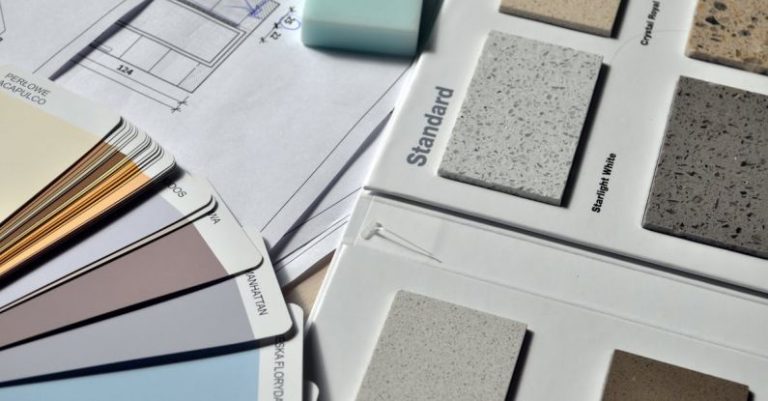What Steps Are Needed to Refurbish an Old Furniture Piece?
Refurbishing an old furniture piece can be a rewarding and cost-effective way to breathe new life into your living space. Whether you have a beloved family heirloom or a vintage find, restoring old furniture allows you to showcase your creativity and give a personal touch to your home décor. However, before diving into the refurbishment process, it’s essential to understand the steps needed to ensure a successful transformation. From assessing the condition of the piece to selecting the right tools and materials, here are the key steps to refurbishing an old furniture piece.
Assessing the Condition
Before embarking on the refurbishment journey, the first step is to thoroughly assess the condition of the furniture piece. Inspect the structure for any signs of damage such as loose joints, cracks, or missing parts. Evaluate the surface for scratches, dents, or chipped paint. Understanding the extent of the restoration needed will help you plan the appropriate repairs and refinishing techniques. Additionally, consider the type of material the furniture is made of, as different materials require specific treatment methods.
Cleaning and Stripping
Once you have assessed the condition of the furniture, the next step is to clean and strip the existing finish. Start by removing any dust, dirt, or grime from the surface using a gentle cleaning solution and a soft cloth. For furniture with a previous finish, you may need to strip the old paint or varnish using a suitable stripping agent. Be sure to follow the manufacturer’s instructions and wear protective gear such as gloves and a mask when working with chemical strippers.
Repairing and Replacing
After cleaning and stripping the furniture, it’s time to address any structural issues or damages. Repair loose joints by applying wood glue and clamping the pieces together until the glue dries. Fill in any cracks or gaps with wood filler and sand the surface smooth once it’s dry. For missing parts or hardware, consider sourcing replacements that closely match the original design. Remember to let the repaired areas cure completely before proceeding to the next steps.
Sanding and Preparing the Surface
To achieve a smooth and even finish, sanding the furniture is a crucial step in the refurbishment process. Start with a coarse grit sandpaper to remove any imperfections or rough spots on the surface. Gradually work your way up to finer grits for a polished finish. Pay attention to details such as edges, corners, and intricate designs to ensure a professional-looking result. Once the sanding is complete, wipe down the furniture with a tack cloth to remove any dust particles before applying the new finish.
Choosing the Right Finish
Selecting the appropriate finish for your refurbished furniture is essential to enhance its appearance and protect it from wear and tear. Whether you prefer a natural wood look, a painted finish, or a stained effect, consider the style of the piece and its intended use. Opt for a finish that complements your existing décor and matches your personal taste. Experiment with different techniques such as distressing, antiquing, or glazing to add character and depth to the furniture.
Applying the Finish
When applying the finish to your refurbished furniture, take your time and follow the manufacturer’s instructions for the best results. Use a high-quality brush, roller, or sprayer to ensure a smooth and even application. Apply multiple thin coats rather than one thick coat to prevent drips or streaks. Allow each coat to dry completely before sanding lightly between layers for a professional finish. Once the final coat is applied and dried, consider adding a protective topcoat for added durability and longevity.
Showcasing Your Refurbished Piece
After completing the refurbishment process, it’s time to showcase your transformed furniture piece in your home. Place it in a prominent location where it can be admired and appreciated by all. Mix and match with other pieces of furniture and decorative accents to create a cohesive and inviting space. Share your refurbishment journey with friends and family to inspire others to embark on their own creative projects.
Embracing the Art of Refurbishment
Refurbishing an old furniture piece is not just about restoring its beauty and functionality—it’s about embracing the art of transformation and self-expression. By following the steps outlined above and infusing your creativity and personal style, you can breathe new life into old furniture and create a unique and meaningful piece for your home. So, roll up your sleeves, grab your tools, and embark on the refurbishment journey with confidence and enthusiasm. Your refurbished furniture piece awaits its moment to shine in your living space.




